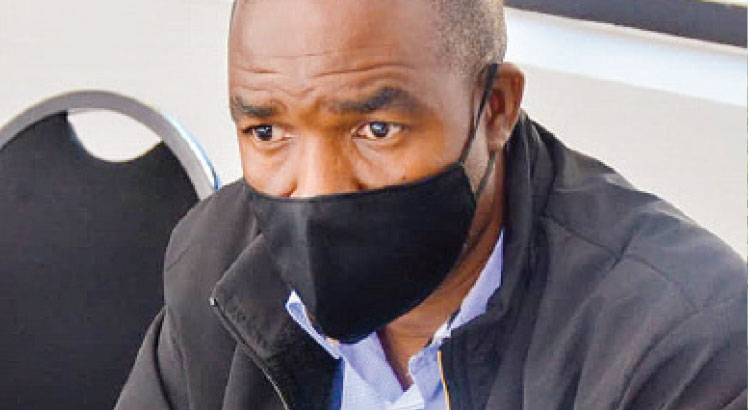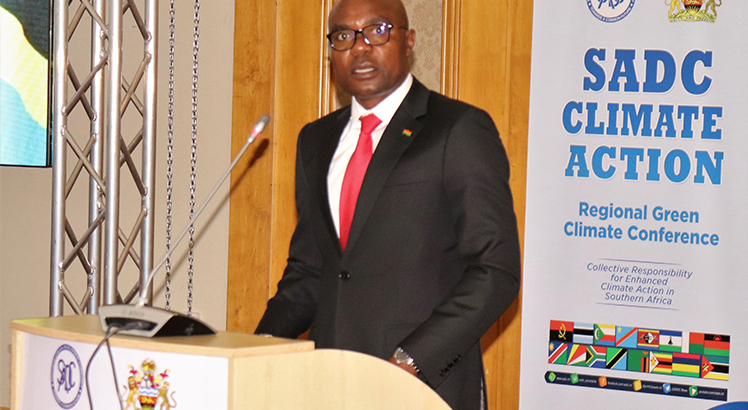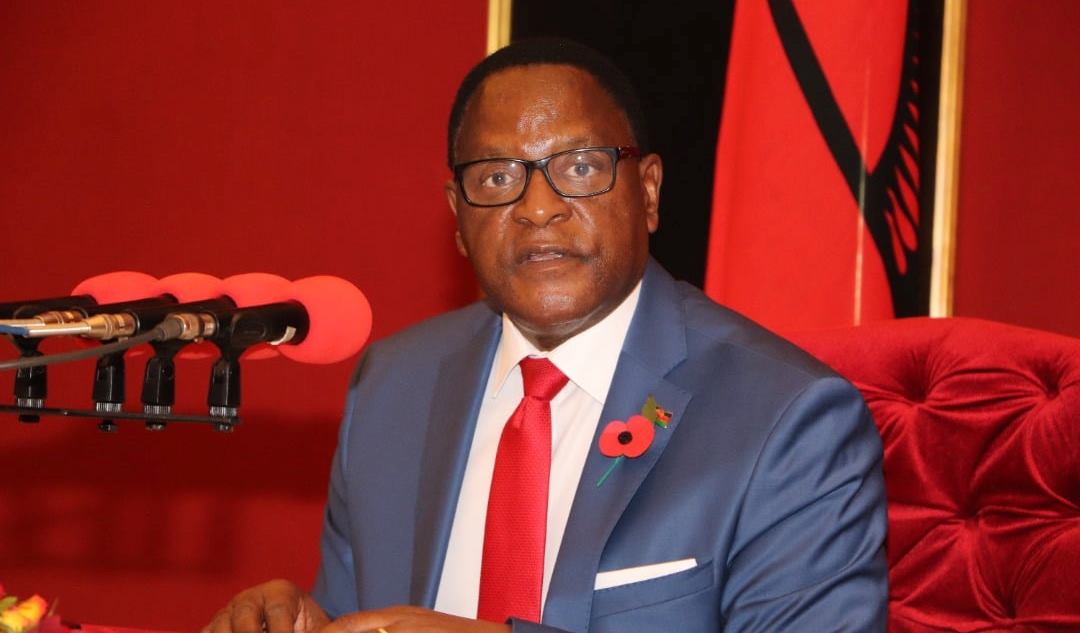What’s the future of groundwater?
In this interview, our Staff Writer JAMES CHAVULA engages Peter Kadewere, the coordinator of the Malawi Resilience and Disaster Risk Management Project (MRDRMP) in the Ministry of Forestry and Natural Resources on the importance of groundwater amid surface water stress.

Q
: Tell us more about the MRDRMP?
A
: This is an additional financing to the Malawi Drought Recovery and Resilience Project, both being supported by the World Bank. The restructuring came in response to another natural disaster caused by Cyclone Idai in March 2019. The tropical cyclone resulted severe flooding which affected 975 000 people in 15 districts in the Southern and Central regions. The heavy rains and floods also caused substantial damage to both private and public assets, including water supply infrastructure. The disaster caused serious damage to the economy which is estimated at $220.2 million.
Q
: Why is the project linked to water issues?
A
: The water sector was one of the sectors heavily affected by the drought event in 2016 and Cyclone Idai three years later. The drought resulted in dams and rivers running dry, affecting water supply in both rural and urban areas. For example, most of water user associations [WUAs] that rely on gravity-fed schemes such as Chididi in Nsanje and Sankhulani in Thyolo)—were unable to supply their target communities. Similarly, regional water boards in the Centre and South experienced challenges to provide adequate water to their customers in towns and trading centers.
The water sector has also become central under MRDRMP because the flooding in 2019 greatly damaged a number of water resources and supply infrastructure such as dams and water supply schemes.
Q: How do you feel when rivers, lakes and dams drying?
A
: The drying of rivers, dams and lakes is a manifestation of catchment degradation coupled with climate change issues. Catchment degradation has worsened over the years as people have started cultivating in marginal lands without adopting good land and water conservation measures, encroaching watershed and protected areas by cutting down trees wantonly with no efforts to replant or allow for regeneration. As a result, critical watersheds have lost their ability to conserve and provide water resources in a sustainable manner. Degradation has further led to deteriorating water quality, increased vulnerability to droughts and floods and reduced energy security as well as agricultural productivity. The Shire River Basin remains the most prominent hotspot of land degradation as manifested by high loads of sediment deposits on riverbeds, the hydro-reservoirs and floodplain wetlands, also the effects to the irrigation canals, fisheries, and hydropower generation.
Q
: Amid this surface water stress, what is the state of underground water in Malawi?
A
: Groundwater resources in Malawi have been exploited since the 1930s. The underground reservoirs have been the principal source for rural water supply mainly in the form of hand-dug wells, springs and hand-pumped boreholes. In most parts of the country, groundwater sources—boreholes or deep wells—are known to be dependable as they provide safe drinking water under natural conditions throughout the year, depending on the local conditions. Additionally, groundwater systems are known to be less expensive and more cost-effective than facilities using surface water due to the low capital investment in rural water supply. In most cases, groundwater sources, especially boreholes, are free from germs and impurities, so there is no need to treat it for domestic or industrial uses.
Q
: What is the future of the country’s groundwater?
A
: Generally, groundwater development has been limited to depths of not more than 60 metres; hence, groundwater is not fully exploited and the quality has always been acceptable except in areas with alluvial deposits such as the lower Shire Valley where there are issues of high salinity. Groundwater, especially high yielding-boreholes, now offers a better alternative source of water for water supply to bigger populations, particularly in towns and market centres as well as other productive uses such as irrigation if fitted with submersible pumps.
Q
: What are the major lessons from the development of high-yielding boreholes for CRWB and SRWB?
A
: There are many lessons learnt. We have realised that there is huge potential for the development of groundwater sources to support water supply, especially to areas not adequately endowed with surface water resources.
Previous initiatives only targeted the development of water supply facilities from surface water sources to towns and market centers. However, through the MDRRP, it has been proven beyond doubt that groundwater development through high-yielding boreholes is also a better option as a water source. The high yielding boreholes can help water boards and WUAs to augment supply [from surface water sources] to their service areas if properly managed. The two water boards have reported success stories after commissioning of the solar-powered, high-yielding boreholes—six for CRWB and eight for SRWB.
Q: What are the major successes from the two water boards?
A
: First, the water boards have reported an increase in the number of hour’s customers can access water because of the increase in the volume of water being produced and also availability of alternative power source for their system.
Second, there is increased coverage as new customers have been connected with the additional supply secured from the high-yielding boreholes.
The water boards have also reported an increase in revenue associated with increased supply and a reduction in electricity bills because of availability of alternative power source for their systems.
As noted, the development of high-yielding boreholes can be regarded as one of the best solutions with quick gains to water utilities and going forward in the face of climate change should be treated as a serious and potential source of water for consumption and other productive uses.
Q: Are there any plans to extend these lessons to other water boards and communities where supply from surface water sources has been intermittent?
A
: Yes. Under the additional financing for the MRDRM project financed by the Bank, we target to develop six solar-powered, high-yielding boreholes to augment existing water supply schemes and support the development of six monitoring wells to track the impact of high yielding boreholes as is required by law. This will enable the project and relevant stakeholders have scientific evidence on the impact of the high-yielding boreholes for the formulation and implementation of appropriate remedial measures to help sustain the systems.





